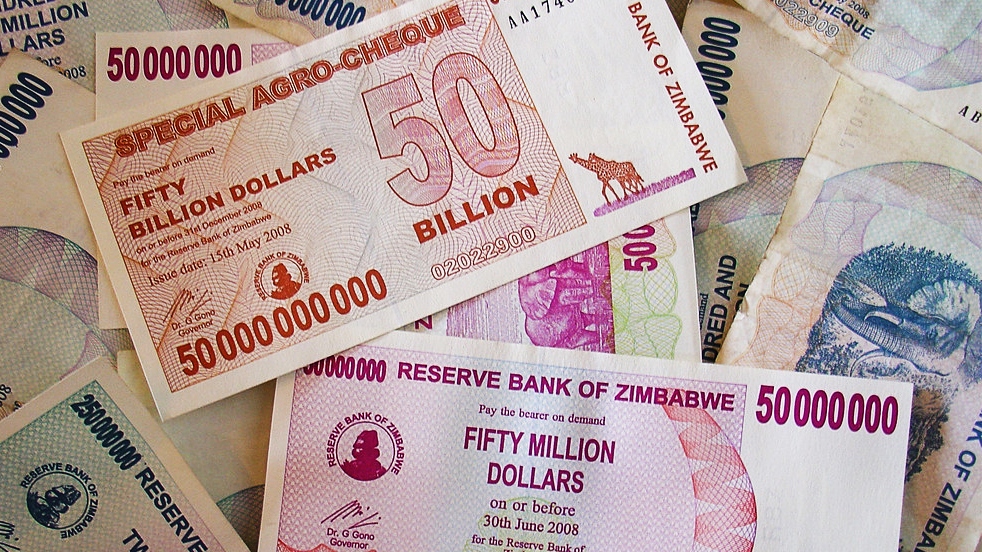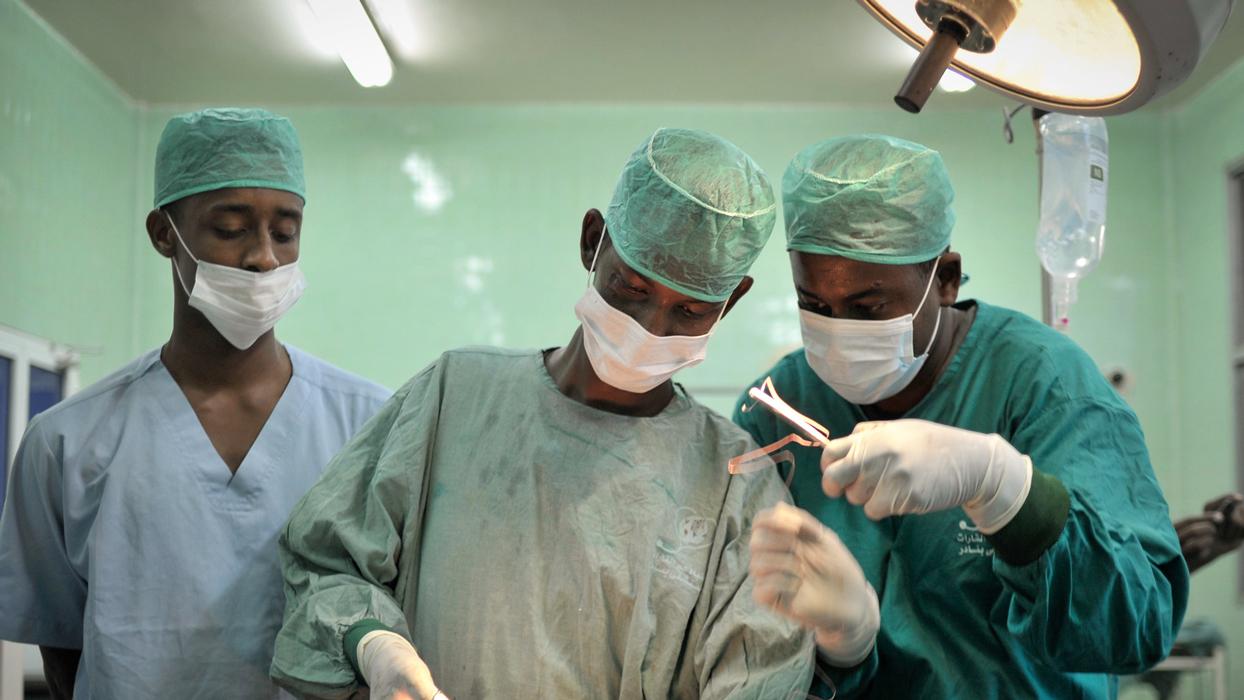In 1945, France created the CFA franc as a currency for its colonies. After 75 years, the CFA is set to be renamed as part of a set of reforms which aim to remove the currency’s most explicit neo-colonial symbolisms. Despite being championed as the end of an era, these changes are largely symbolic, with France retaining its guardianship over the region’s monetary affairs.
At first glance, the CFA franc arrangement looks strange. The CFA zone consists of 14 countries in Western and Central Africa who use a currency with a fixed exchange rate to the euro. This exchange rate is guaranteed by the former colonial power, France. The ‘CFA’ originally stood for Colonies Françaises d’Afrique – alone showing this arrangement goes beyond purely economic considerations. (Strictly speaking there are two currencies – the West African CFA franc and the Central African CFA franc – but they have always had the same value and the differences are subtle enough so as to be ignored here.)
Upon independence, most African countries adopted their own currencies, but France did its utmost to ensure the CFA franc stayed in place. When Guinea exited the zone in 1960, France discouraged others from following, by immediately withdrawing aid and military support to the Guinean government. France even went so far as to ingloriously introduce ‘a large quantity of counterfeit Guinean banknotes with the goal of destabilising the economy … and to facilitate the taking of power by the opposition’.
Criticism of the CFA franc has always existed, but opposition has become more visible and more vocal in recent years. A video of Senegalese activist, Kémi Séba, burning a 5,000 CFA franc banknote in 2017 generated significant media interest, as did accusations of neo-colonialism by then-Italian deputy PM Luigi Di Maio in January 2019. In 2010, then president of Senegal, Abdoulaye Waye, expressed that ‘now, after 50 years of independence, we must look again at the monetary situation’. Perhaps reforms looked inevitable, but after so long it was still somewhat of a surprise when the announcement came on 21 December 2019.
What has been announced?
There are three key reforms for the West African CFA franc zone (UEMOA). These are: 1) a name change to ‘eco’; 2) a French representative will no longer sit on the board of the UEMOA central bank (BCEAO); 3) the BCEAO will no longer have to place at least 50% of its foreign exchange reserves in an account at the French treasury. No changes have yet been announced for the Central African CFA zone.
These reforms have been designed to present radical change, but without actually undertaking it. The first two remove some of the most explicit representations of French guardianship, but the impact is largely symbolic. The fixed exchange rate regime effectively forces the regional central bank to play a passive role, so the removal of a French representative will change little. Moreover, it has been reported that the French will still nominate an ‘independent’ candidate to the board.
The third change is the most striking. The requirement to place reserves at the French treasury has long infuriated critics of the zone. It has been argued that the African reserves help to fund the French public debt and that it is money that would otherwise be used to develop the African economies. These specific criticisms are misplaced.
Firstly, the total stock of reserves held at the French treasury was less than 1% of French government expenditure in 2018. The borrowing cost on French government debt was just 0.12% at the end of 2019, ironically lower than the 0.75% interest it pays to UEMOA. Secondly, these reserves, if liberated, cannot simply be spent. They would need to be placed in safe assets, where returns are just as low, if not lower, than is currently earned at the French treasury.
France is all too aware of this. The misplaced focus on these economic arguments make it seem like France is making a grand concession by removing the requirement, but in reality it is negligible. Of course, there is justifiable resentment at being obliged to deposit a large portion of reserves at the treasury of the former colonial power, 60 years after independence. This is by no means a meaningless reform, but it only goes so far. While this may represent some wresting back of UEMOA’s monetary identity, its continued reliance on a French guarantee means it cannot yet claim monetary sovereignty.
Plus ça change
From an economic perspective, the same environment will persist. Inflation should continue to stay low and stable, as it has done throughout the last 60 years, in stark contrast to non-CFA countries in the region. But this does not appear to have helped CFA economies grow faster than non-CFA peers. Arguably, the imposed monetary straitjacket is inappropriate for low-income countries, because it constrains the extension of credit to the economy and results in inflation that is too low.
Moreover, the price stability does not come for free. CFA membership means that countries sacrifice monetary and exchange rate policy, two key tools that help steer the economy and facilitate adjustments to economic shocks, such as droughts or commodity price movements. In addition, the free capital transfer between the franc zone and France means that capital flight has been a consistent problem, data showing it is typically much higher than outside the zones. Additionally, foreign direct investment over 2013–18 was greater in Ghana than the whole of UEMOA, despite claims that UEMOA’s monetary stability would attracts greater investment.
What next for the CFA franc?
The political vision is to expand the currency zone to the rest of West Africa, to include countries such as Ghana and Guinea, as part of broader regional integration. But this seems unfeasible while France still plays a role. Moreover, Nigeria’s economic dominance of the region means that countries are reluctant to be part of a monetary union where Nigeria is the central anchor, given its history of monetary and political instability.
If the French guarantee is relinquished, after 75 years, then the consequences will be difficult to predict. Pursuing a currency union of low-income countries without a credible nominal anchor (as currently provided by France) is unprecedented. Reverting to national currencies may be more practicable, but this goes against the current political vision, and the experiences of non-CFA countries show this is not a smooth ride. It is unclear what the broader distributional impacts would be of such a change on local populations, and this uncertainty may reduce politicians’ appetite to pursue radical reforms.
The CFA franc arrangement really is strange, but this is what makes it so hard to reform. This resulting stalemate may mean that, despite the growing anti-CFA rhetoric, France remains the monetary guardian for many years to come.
Photo: CFA francs by Kaysha is licensed under creative commons (CC BY-NC-ND 2.0).






Your thoughtful analysis bypasses discussion of deeper political union, which would seem to have to accompany true monetary sovereignty from a common currency. The EU provides that and proved up to the Greek challenge. Certainly, a more empowered and centralized authority than UEMOA or ECOWAS presently afford would be necessary. Do you agree?